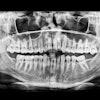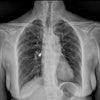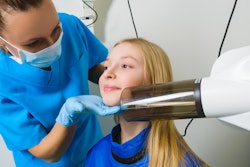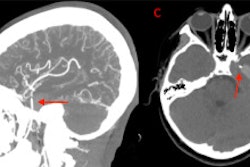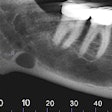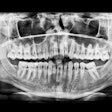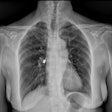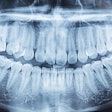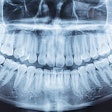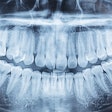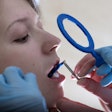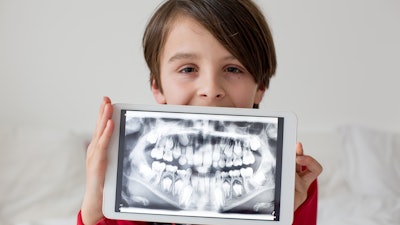
Taking routine dental x-rays in younger children is an example of low-value care that may need to be targeted for de-implementation, according to an article titled “2023 Update on Pediatric Medical Overuse,” which was published on September 25 in Pediatrics.
The update identifies important articles pertaining to pediatric medical overuse, which includes a study that showed routine x-rays during dental checkups may lead to unnecessary procedures in children ages 3 to 6, the authors wrote. Since 2017, five updates on pediatric overuse have been produced.
“As improved healthcare value typically leads to decreased revenue under a fee-for-service payment model, it will be particularly important that more value-based healthcare models are explored and implemented,” wrote the authors, led by Dr. Nathan Money of the department of pediatrics at the University of Utah School of Medicine, Primary Children’s Hospital, in Salt Lake City.
Since the Affordable Care Act was passed in 2010, U.S. healthcare has made changes to shift from volume to value. The U.S. Centers for Medicare and Medicaid Services has led the movement by developing and testing alternative payment models to cut spending without compromising quality. However, these improvements in value highlight the lack of U.S.-wide progress. Therefore, initiatives must be scaled up to achieve meaningful change, the authors wrote.
To develop this update, the authors searched original articles published from January 1, 2021, through December 31, 2022, that focused on pediatric healthcare overuse. They found 55 articles that matched the criteria. Then, the top 10 articles were selected based on perceived impact on pediatric clinical practice, they wrote.
One of the top articles selected showed that routine dental x-rays may lead to unnecessary procedures in young children. Currently, it is frequently recommended that visual inspection along with imaging be used to detect dental caries.
However, a randomized controlled trial that included 216 Brazilian children between the ages of 3 and 6 suggested that dental x-rays do not provide benefit in caries management compared to visual inspection, the authors wrote.
The data were analyzed a second time. This analysis focused on proximal and occlusive surfaces of deciduous molars that did not receive operative intervention during initial exams. In a decision tree analysis of patients managed initially by visual inspection with dental x-rays considered afterward, imaging missed 1,121 of 4,383 (26%) of caries requiring intervention. However, the kids’ caries were managed with fluoride.
Furthermore, dentists were more likely to make false-positive diagnoses from radiographs than by visual exams. This finding accounted for 17 of 45 (38%) of false positives from x-rays compared to 3 of 45 of false positives for visual exams (7%), they wrote.
Finally, caries were overdiagnosed, which was defined as caries discovered, not treated, and without subsequent progression, from x-rays in 42 of 3,835 (1%) molar surfaces without detection from visual exams, the authors wrote.
The study had limitations, including that it was conducted in young children. This limits the generalizability to older children or those with permanent teeth, they wrote.
“This review also shows the lack of benefit from routine radiographs during dental checkups,” Money et al concluded.



